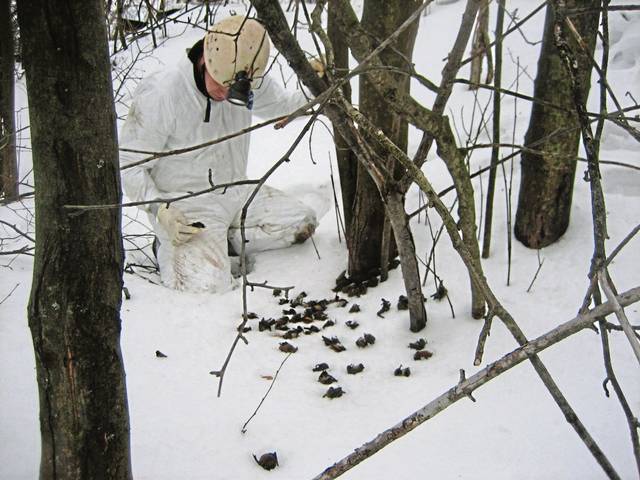Fungus that causes deadly disease in bats detected in California
The fungus that causes white-nose syndrome in bats has now spread to California, although officials caution that the disease itself is not affecting bat populations there.
White-nose syndrome, a disease that affects bats while they’re hibernating, was first detected in a single cave in New York in 2006 and was discovered in Pennsylvania in the winter of 2008-09. It has since spread statewide, decimating cave bat populations throughout Pennsylvania.
DNA of the fungus (Pseudogymnoascus destructans) was detected in low levels in samples collected in the spring from bats on private land in Chester, Calif., according to the California Department of Fish and Wildlife.
“While there is currently no indication the disease itself is affecting bat populations in California, the lab tests suggest Pd is here,” the department said in a news release.
#WhiteNoseSyndrome map update to reflect news out of @CaliforniaDFW and @USFWS today that the fungus causing white-nose syndrome disease in #bats has been detected at low levels in the Golden State. see https://t.co/hXQF0x6bPQ for more. pic.twitter.com/KvVoo3fhuY
— White Nose Bats (@USFWS_WNS) July 5, 2019
White-nose syndrome has killed millions of bats in the United States, including more than 90% of the bats in some hibernation colonies. Since bats usually produce only one offspring per year, it could take decades for some populations to recover from a major die-off, the department said.
Bats infected by white-nose syndrome are unable to hibernate properly, causing them to burn up their winter fat stores and starve to death. A white fungus grows on the noses of some infected bats.
The disease was detected in Westmoreland County in 2010-11 and Fayette County in 2009-10. Sites with 30,000 bats dropped to the single digits within 90 days.
For more information, visit www.whitenosesyndrome.org.
Remove the ads from your TribLIVE reading experience but still support the journalists who create the content with TribLIVE Ad-Free.

